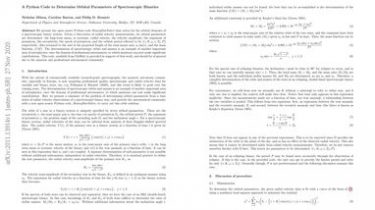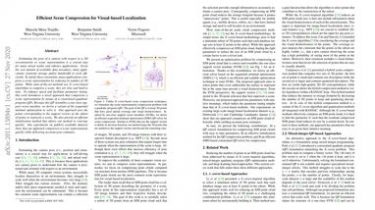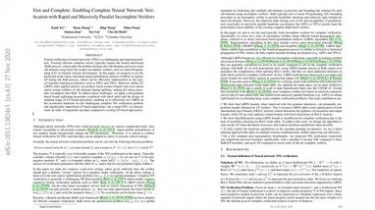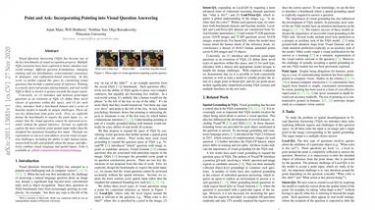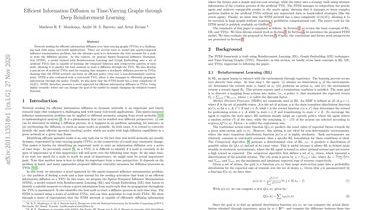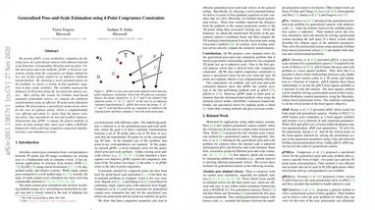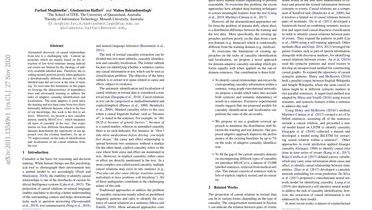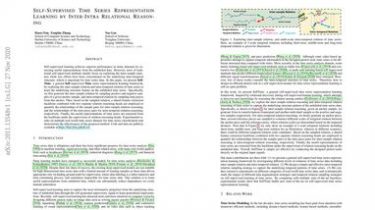A Python Code to Determine Orbital Parameters of Spectroscopic Binaries
We present the open source Python code BinaryStarSolver that solves for the orbital elements of a spectroscopic binary system. Given a time-series of radial velocity measurements, six orbital parameters are determined: the long-term mean, or systemic, radial velocity, the velocity amplitude, the argument of periastron, the eccentricity, the epoch of periastron, and the orbital period referred to by ${{gamma, K, omega, e, T_0, P}}$ respectively… Also returned to the user is the projected length of the semi-major axis, $a_{1}sin(i)$, and […]
Read more